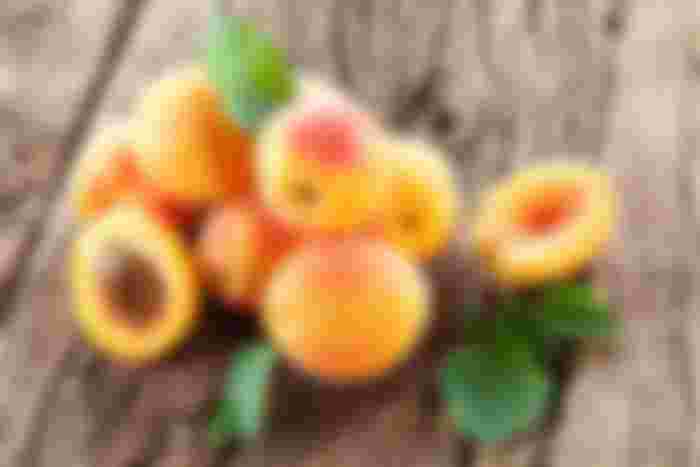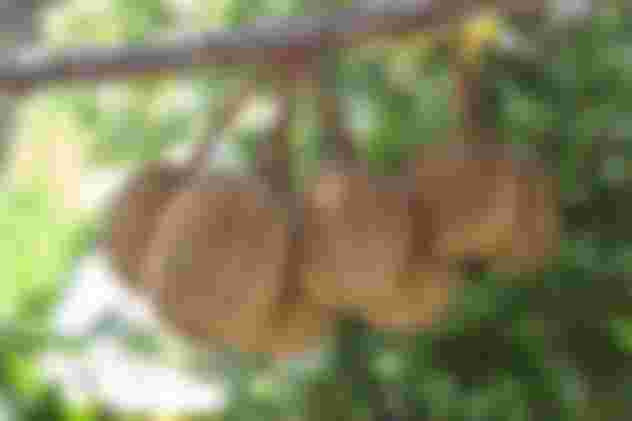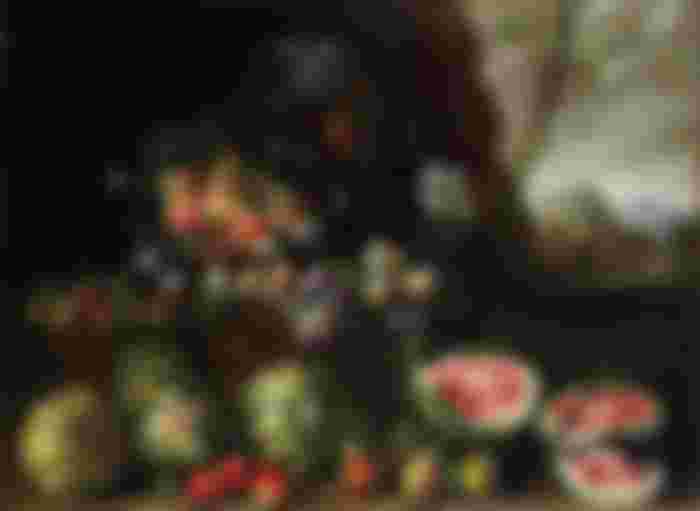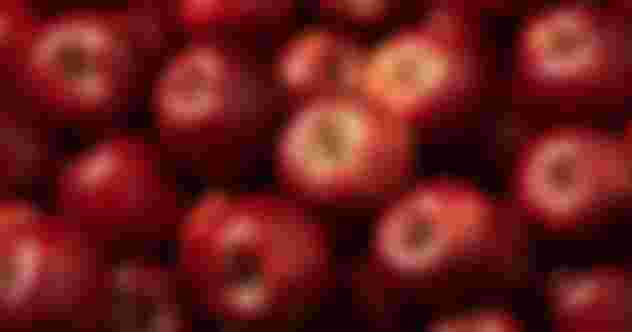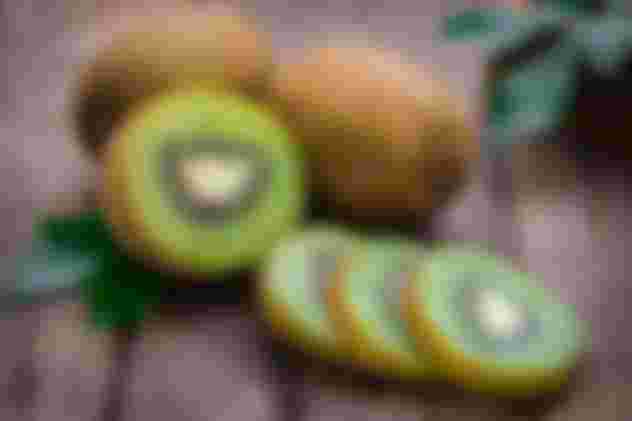Everything changes in the long run and natural product is no special case to this standard. Here are 10 unique organic products that have changed either in notoriety or in their entirety.10 FRUITS, NUTS, AND VEGETABLES YOU DID NOT KNOW WERE MAN-MADE
10 Banana
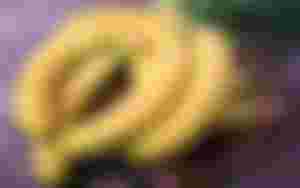
Many have asked why banana enhanced candy doesn't taste at all like a genuine standard banana: it is rather unmistakably more flavourful and better. The taste contrast is because of the way that bananas in the mid twentieth century were somewhat unique to the ones that we have today. The advanced regular banana that can be found in many stores today is a variety known as Cavendish, which rose to conspicuousness after the Panama ailment came and its growth cleared out the then-mainstream Gros Michel banana. Numerous sorts of banana have gotten terminated in this manner since the nineteenth century, with specific parasites convoluting the lives of banana ranchers, yet no ongoing episode has had as quite a bit of an effect as clearing out the Gros Michel did. Regardless of the flavor of regular bananas having been diverse for over 50 years now, the confections actually have precisely the same flavor, because of them being so popular.The change in taste isn't anything contrasted with what bananas once resembled, however, as they once contained huge, hard seeds that would make eating on them definitely more troublesome than it is today.
9 Apricot
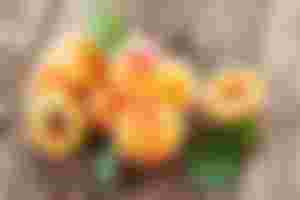
The apricot was previously a staple of the food supplies given to troops in the Second World War, known for its capacity to cause the body to feel more full for more. After a progression of motor disappointments and specialized issues on tanks that were shipping the natural product, the apricot increased a negative notoriety. In a little while, the natural product was not, at this point permitted inside military vehicles, due just to the notions of the Marines who had seen such issues. The reality of the situation is: all apportions were separated similarly among every shipment, implying that if a tank were to separate, one would unquestionably discover apricots present among the provisions. A staff sergeant when interrogated regarding this notion affirmed that it was as yet perfectly healthy, even a very long time after the Second World War. "I've gotten with around the Corps that you ought to failing to bring any apricots in the vehicle with you" he expressed, before kidding "I don't have the foggiest idea where the damnation you'd get apricots from in Afghanistan… "
8 Durian

The durian organic product ordinarily has an impact in numerous Southeast Asian dishes just as drugs and desserts. Be that as it may, it is most popular for its horrible scent. In 2020, a mail center in Schweinfurt, Germany, was emptied and crisis administrations were called on the grounds that a Durian natural product sent in the post had sent the staff and clients into alarm. The natural product brought about six of the laborers being raced to medical clinic, because of the doubt that the sharp smell was a sort of perilous gas.[4] The natural product's horrendous quality has prompted the guidelines being changed in the Rapid Mass Transit in Singapore, with it being restricted regardless on its underground. Durians currently show up on signs precluding smoking, food and combustible products. Researchers accused of investigating the leafy foods particular nature have found that it is the mix of a wide range of synthetic substances that produce the fragrance, with four of those synthetic compounds being already obscure to science.
7 Peach
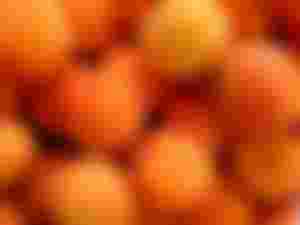
Particular reproducing has changed the peach throughout the hundreds of years to be commonly bigger than they were initially. When on numerous occasions littler than the stone at the focal point of a typical peach, ages of ranchers have controlled the foods grown from the ground its more positive characteristics. It is said that the first peach, which is attempted to have been no bigger than a cherry, was unquestionably more in accordance with the flavor of a lentil than it was sweet.
6 Tomato

Maybe the most evident on this rundown, the tomato is the thing that has changed most definitely as far as notoriety. For a very long time, it was generally known to be a vegetable, before the way that it was without a doubt a natural product rose to noticeable quality. These days, the platitude "astuteness is realizing that a tomato is an organic product, while information is knowing not to place it in an organic product serving of mixed greens" is said rather jokingly. In the eighteenth century, nonetheless, the tomato was a feared organic product, known as a "poison apple" due partially to its comparative appearance to the normal family unit apple, in both size and shading and the influence that it had on blue-bloods. It was at last uncovered that the motivation behind why it had such an antagonistic impact on the privileged was on the grounds that the corrosive in the tomato drew out the lead in extravagant cutlery, making the client become sick subsequent to expending the organic product.
5 Watermelon
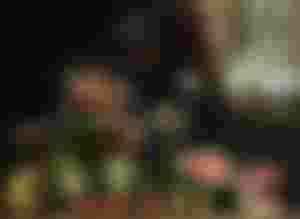
The watermelon has not generally been smooth and red once opened up. How is this known? All things considered, the craftsman Giovanni Stanchi painted an assortment of natural product, including that of a newly cut watermelon. It just takes a look at the composition to see that the watermelon portrayed appears to be inconceivably unique to the more current adaptations of the organic product; this is on the grounds that since the seventeenth century, it has been tamed and specifically reproduced to deliver however much food as could be expected. Another crucial change that has happened is the adjustment in shading from a dim shade to a more brilliant, more lively red. Through Stanchi's painting, the natural product has been totally saved for a very long time: if just in picture.
4 Apple

While a large number of the natural products on this rundown vary significantly to the structure that they once took, the regular apple imparts numerous attributes to its archetype. It is in taste that it contrasts so incredibly, as the natural product that we consistently buy from our grocery stores is far better than what could be found preceding the training of the apple. While not many realities are thought about the start of this present natural product's particular timetable, one detail that has endure is the way that it once tasted unquestionably more acrid than it does today. One significant factor it partakes just the same as its archetype is the destructiveness of its pips. Apple pips contain a synthetic that changes over to cyanide in the human body thus ought to be kept away from in enormous amounts.
3 Eggplant

The eggplant has a rich and changed history, during which they have appeared as various tones and sizes. While the cutting edge eggplant is generally known to be purple, past manifestations of the natural product have been green, yellow and white. One key contrast between the cutting edge and the previous eggplant is the way that it used to contain a somewhat unmistakable spine that ran from the lower part of the natural product to the root. This angle has been relinquished for comparable reasons regarding why the watermelon got more full and bigger: to take into account more food to be taken from each yield. They used to be far rounder, like the state of a tomato, instead of being the enormous, long natural product that they are today.
2 Blueberries
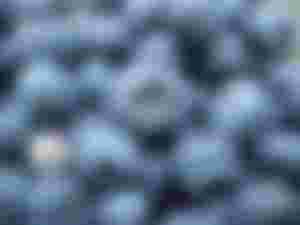
In most of berries developed in the US exist little straightforward worms. These bugs started to show up in these organic products in 2008 and are referred to researchers as 'Drosophila suzukii', a consumable worm that are no mischief by any stretch of the imagination. After some time, these worms develop into a specific kind of organic product flies, except if eaten, obviously. Indeed, these creatures are innocuous! The worms are little and white, regularly depicted as basically straightforward and they just become natural product flies once the natural product has spoiled, permitting the worms inside to dip under into the dirt. They might be an issue to ranchers, yet to regular natural product pickers the worms are not an issue. They can be expended as some other natural product can be, without issue.
1 Kiwi

Many partner the kiwi with New Zealand, yet actually the organic product began in China. It was basically a promoting stunt that moved the credit toward the South Pacific country, which ventured to such an extreme as to change the name of the organic product being referred to. Initially, the kiwi was known as 'the Chinese gooseberry', which when in its unique Chinese implied the 'macaque organic product.' Macaques are a sort of monkeys found all through Asia explicitly and it was their adoration for the kiwi that brought about it being named after them. The reception of the kiwi by New Zealand has been alluded to as a "plant capture", since it included seeds being brought into the nation from China, at first by Mary Isabel Fraser in 1904, who offered them to a New Zealand rancher who planted them and watched out for the tree. It was not until 1910 that the primary kiwis developed in the nation and it was just a brief time after that that they were rebranded as 'kiwifruit', in 1959. The expectation of this rebranding was to freed the natural product from the far less wanted 'gooseberries' title. Obviously, kiwis got well known are as yet a staple of organic product bowls right up 'til the present time.

